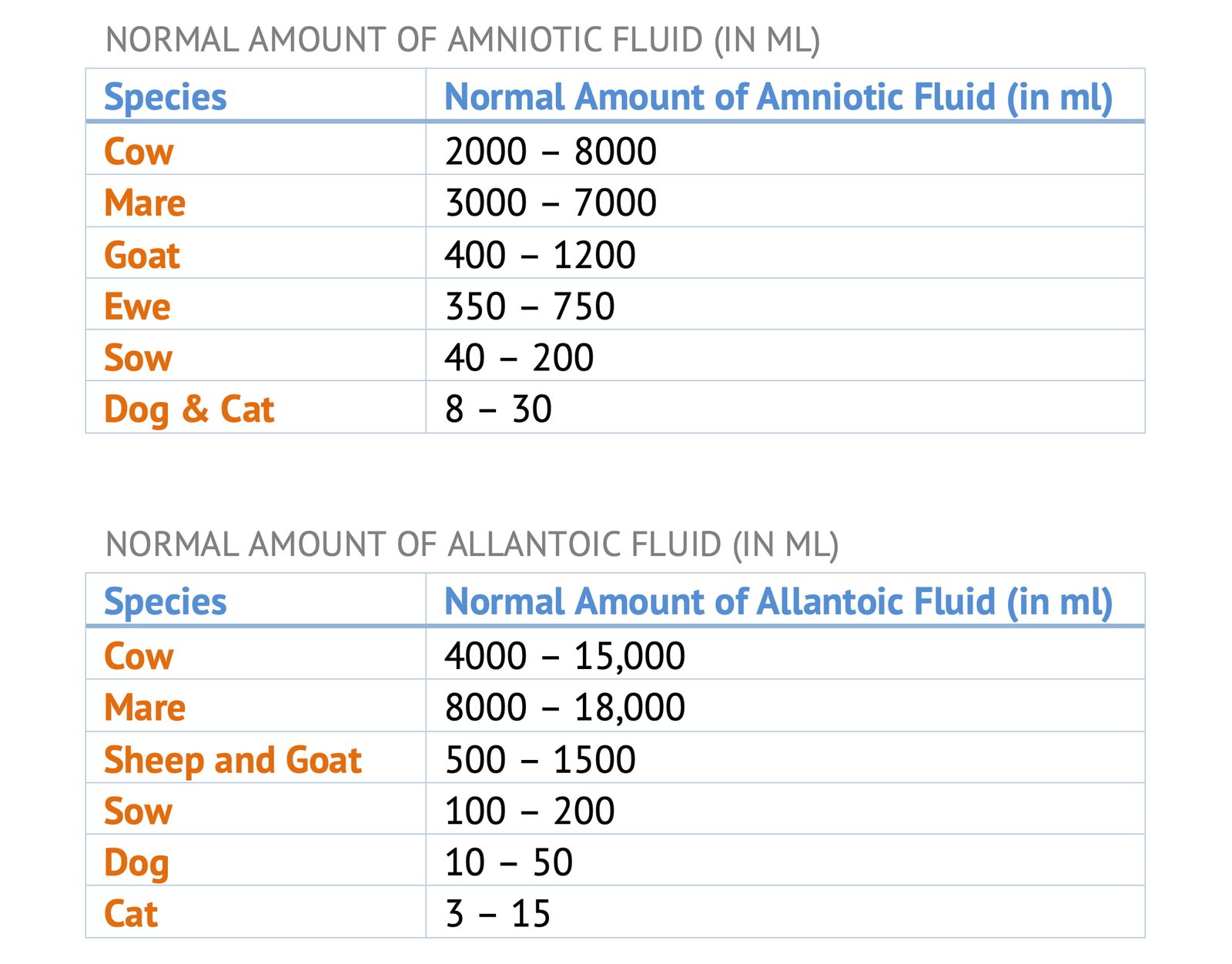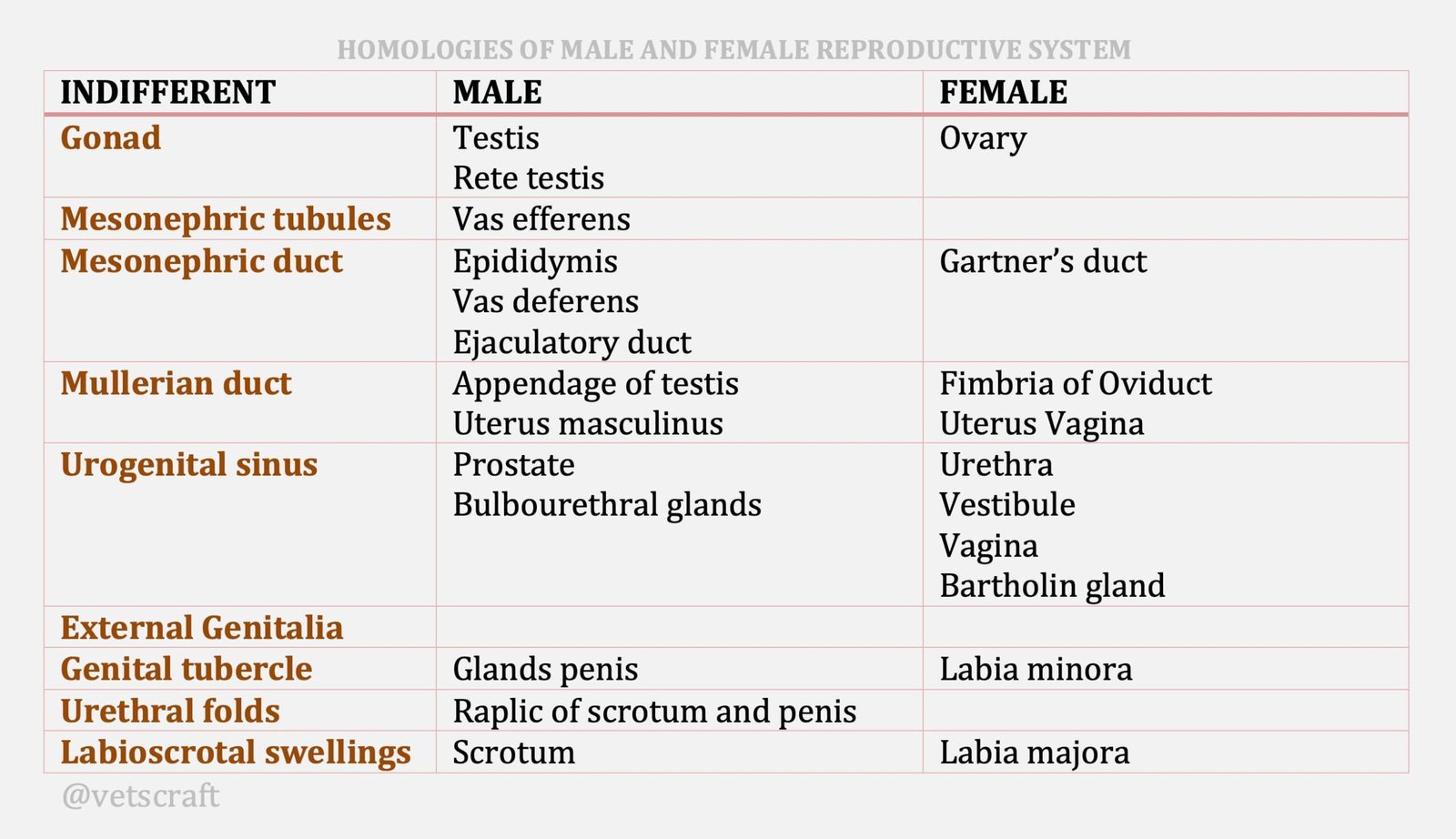TABLE OF CONTENTS
Dropsy of the Fetus
Dropsy conditions of the fetus in animals are fetal hydrocephalus (cranium fluid accumulation), fetal ascites and fetal anasarca.
There are several types of fetal drops and those of obstetrical importance are fetal:
- Hydrocephalus
- Ascites
- Anasarca
Fetal Hydrocephalus
Hydrocephalus involves a swelling of the cranium due to an accumulation of fluid which may be in the ventricular system or between the brain and the dura.
It affects all species of animals and is seen most commonly in pigs, puppies and calves.
In more severe forms of hydrocephalus there is marked thinning of the cranial bones. This facilitates trocarization and compression of the skull so as to allow vaginal delivery.
Where this cannot be done, the dome of the cranium may be sawn off with fetotomy wire.
Caesarean section is performed in severe cases in cattle when the fetus is presented posteriorly or when the hydrocephalus is accompanied by anykylosis of the limbs.
Fetal Ascites
Dropsy of the peritoneum is a common complication of infectious disease of the fetus and developmental defects like an achondroplasia.
Aborted foetuses are often dropsical. When the fetus is full term, ascites may cause dystocia.
This can be relieved by incising the fetal abdomen withe fetotomy knife.
Fetal Anasarca
Fetal anasarca is characterized by great increase in fetal volume caused by excess of fluid in the subcutaneous tissues, particularly of the head and hind limbs.
Many of the anasarcous foetuses are presented posteriorly, in which case the enormous swelling of the presenting limbs is very conspicuous.
There is frequently an excess of fluid in the peritoneal and pleural cavities with dilatation of the umbilical and inguinal rings as well as hydrocoele.
The substance of the fetal membranes is also edematous and occasionally there is a degree of hydrallantois.
At the time of delivery multiple incisions are made all over the body of the fetus to reduce the s/c edema and delivery of the fetus.


